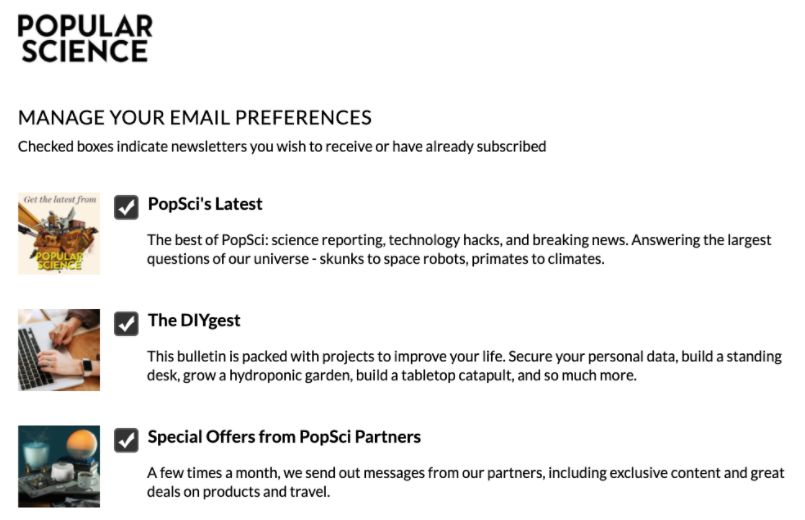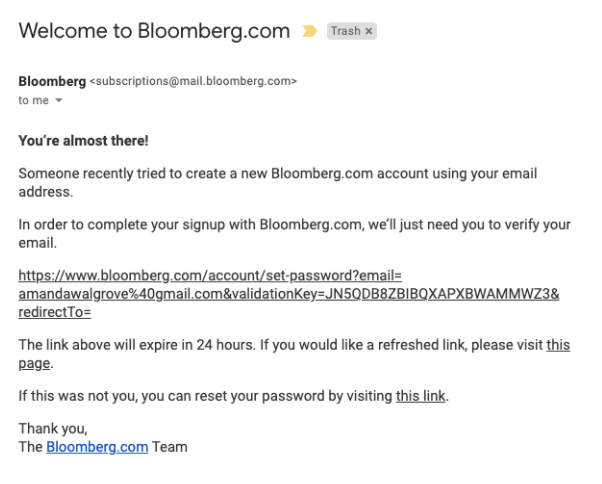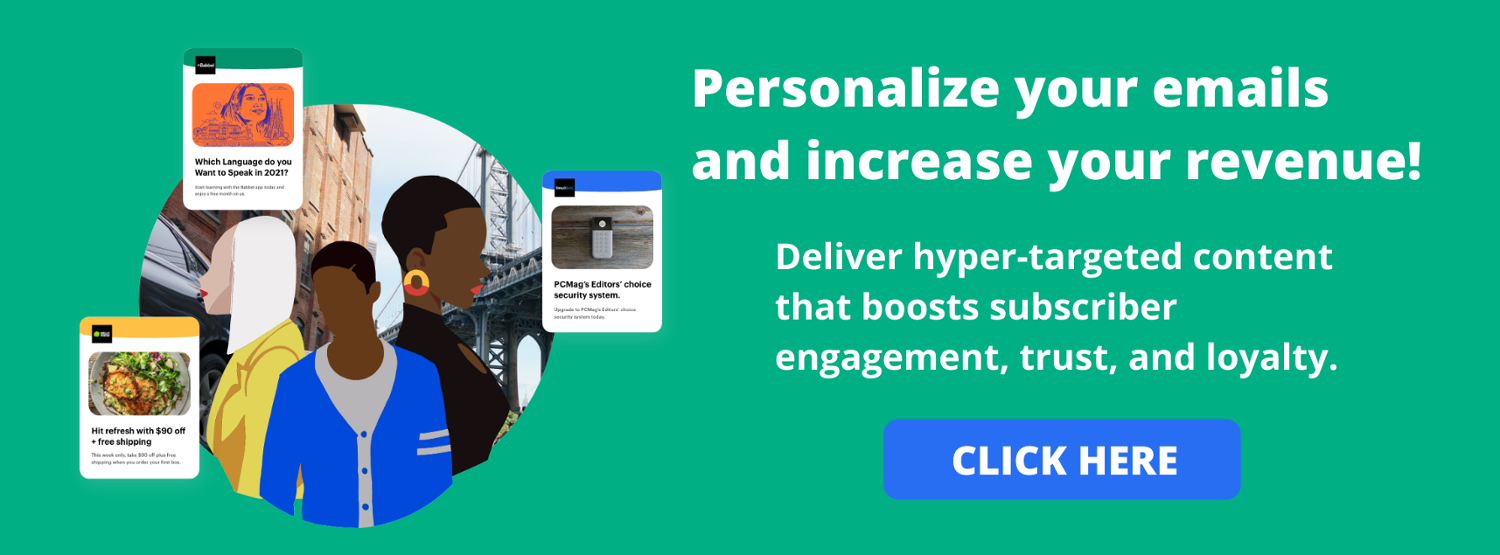Sometimes, bad things happen to good emails.
You may think you’re doing everything right — and you know you’re delivering valuable messages — but you still end up in the spam folder.
It’s frustrating. It’s an inevitable part of the internet landscape. But, with the right strategies, it can be avoided.
According to Statista, spam accounts for a whopping 28.5% of emails worldwide. While that number is down from 59.8% in 2016, it’s still a big percentage. And it causes internet service providers (ISP) and anti-spam organizations to set up spam traps and reel in those malicious parties.
These traps can mess with your open rates and prevent you from building one-to-one relationships with your audiences. To help, we’ll break down just what spam traps are and how you can avoid falling into their snare.
Here’s what you need to know.
What are spam traps?
Spam traps are dummy email addresses set up by ISPs to catch bad actors — or, you know, spammers — on email.
These spam trap email addresses never sign up for newsletters. So the only way they can end up on a contact list is if they’re bought or garnered some other way (i.e. without a user’s consent). Meaning, they’d only end up on the mailing list of a publisher using poor or shady list-building tactics.
That’s how spam traps work. They let the ISP know that the company must be engaging in some spamming practices. And they can then flag or penalize the company for doing just that.
Why are your emails going to spam?
Spam traps aren’t the same as spam folders or filters, to be clear. Though they are a tool that can cause emails to end up in spam folders, because they’re used to spot email senders who might be guilty of distributing spam.
With both of these in mind, there are a number of reasons why bad things happen to good emails, or why a harmless publisher’s messages might end up in a spam trap or junk folder.
Just some of those reasons include:
- You have a sneaky or non-existent opt-in system
- Your sender email address is inaccurate
- You have too many inactive subscribers on your email list
- Your emails aren’t relevant to your subscribers
- You’re sending too many emails too frequently
- Your emails contain too many images or attachments with little text
- Your subject lines are misleading
The good news is that all of these issues can be fixed because they’re in your control. You just need to know how to address them.
How can you avoid spam traps?
No well-intentioned publisher or email marketer wants to hit a spam trap. That’s why it’s important to make sure you’re sending emails with the right strategies and tools. So you can protect your sender reputation and stay in the inbox, where your readers will actually see your emails.
To that end, you can use these best practices to avoid one of the worst email outcomes: falling into spam traps.
Deliver personalized and relevant content
Make sure your emails are relevant to your subscribers by using first-party data to create unique audience segments. This way, you can divide your subscribers by categories like interest, demographic, device, and engagement level. And you can ensure you’re only reaching those who are most likely to engage with your messaging.
Popular Science, for example, offers a range of different newsletters at different frequencies, so readers can choose the ones that best match their interests:

Send emails on the right channels at the right times
Use your data to better understand when and where people prefer to engage with your emails. Do readers open more emails on smartphones than desktop? Make sure your emails are mobile-optimized and sent during times when they’re likely to be on the go.
Do other readers prefer checking email on their desktops during work hours? Launch emails for those audiences according to their specific behaviors. So you know you’ll grab their attention, improve your performance, and avoid being flagged by spam traps and filters.
Don’t buy email lists
Publishers might be tempted to buy ready-made email lists in order to boost their subscriber pools and build their audiences. This is a bad idea. Those lists can be untrustworthy, and you risk filling your email list with bots and spam traps.
In principle, purchased email lists just aren’t earned, either. They’re not guaranteed to contain real subscribers who you’ve won over with content and inspired to sign up for your newsletter. As a result, they’ll make it difficult to nurture relationships and they could cause your open rates and engagement rates to plummet.
Use a double opt-in strategy
Speaking of earning subscribers, you can improve your email list hygiene and make extra-certain that you’re reaching the right audiences by asking readers to opt in twice. They can sign up on your website, for example, and then confirm via email that they’re interested in receiving more messaging from your business.
Just look at how Bloomberg does this with its follow-up email for new subscribers:

The double opt-in strategy can also help you filter bots and spam traps that end up on your list by accident or through malicious intent.
Keep your subscriber lists clean
Even with all these strategies, spam traps can slip in undetected, once-loyal subscribers can become inactive, and reader behaviors can shift. Keep your subscriber list up to date by breaking out the digital mop and cleaning it frequently.
Now, this doesn’t involve manually raking through your email addresses and ditching the strange-looking ones. You can use an email validation service to automatically flag suspicious, inaccurate, and inactive email addresses that are weighing down your subscriber list.
Stay out of spam’s way with curated emails
Give your customers exactly what they want with personalized emails that meet their interests. And leave the actual spam for the junk folder.
In fact, Jeeng Email Messaging makes it easy to do just that with a powerful algorithm that automatically uses your data to curate and deliver the right emails at the right time to each of your readers. So you can keep them engaged with high-quality content and continue building those direct relationships.
Ready to make the most of your email marketing? Contact us today to learn more.


